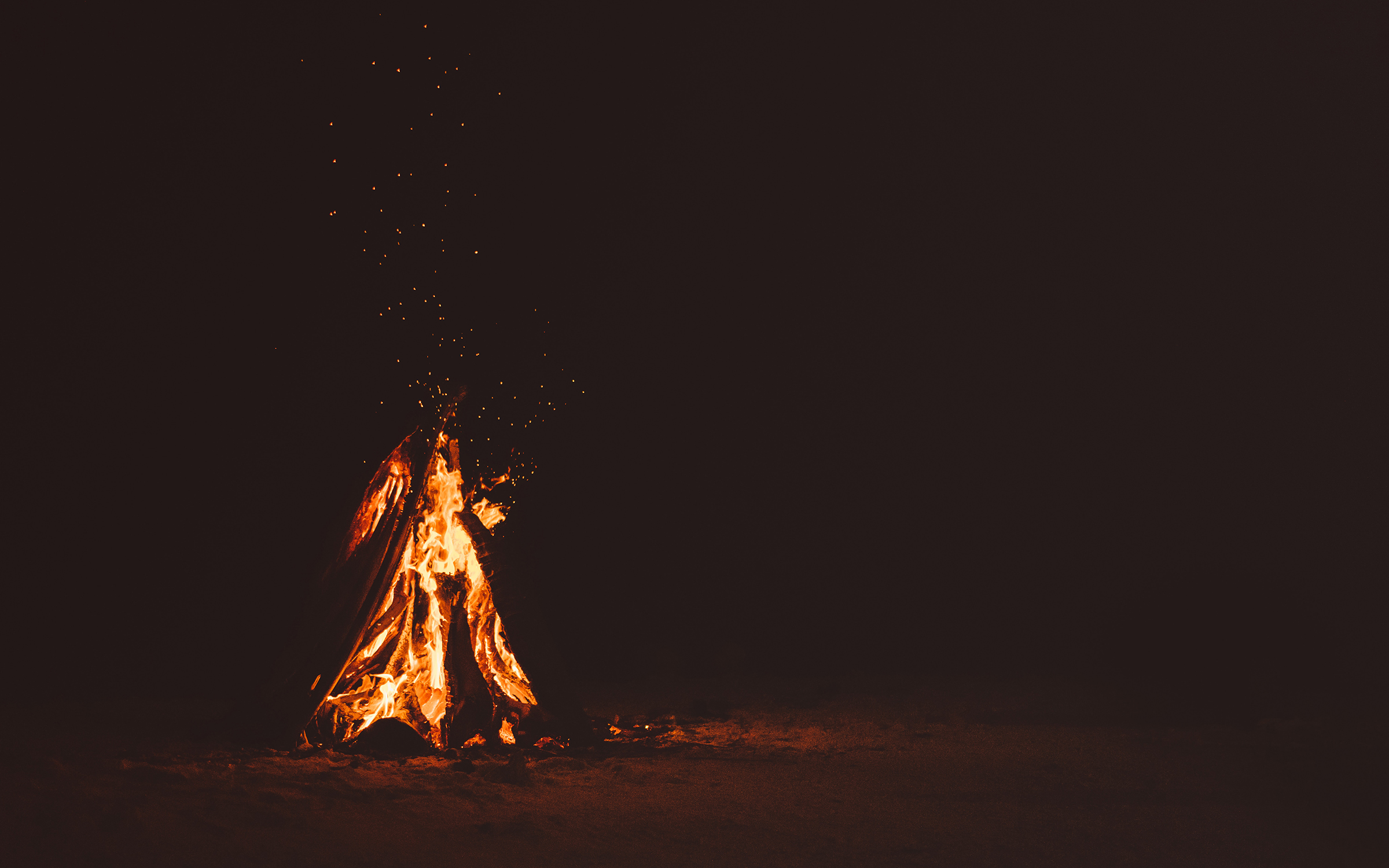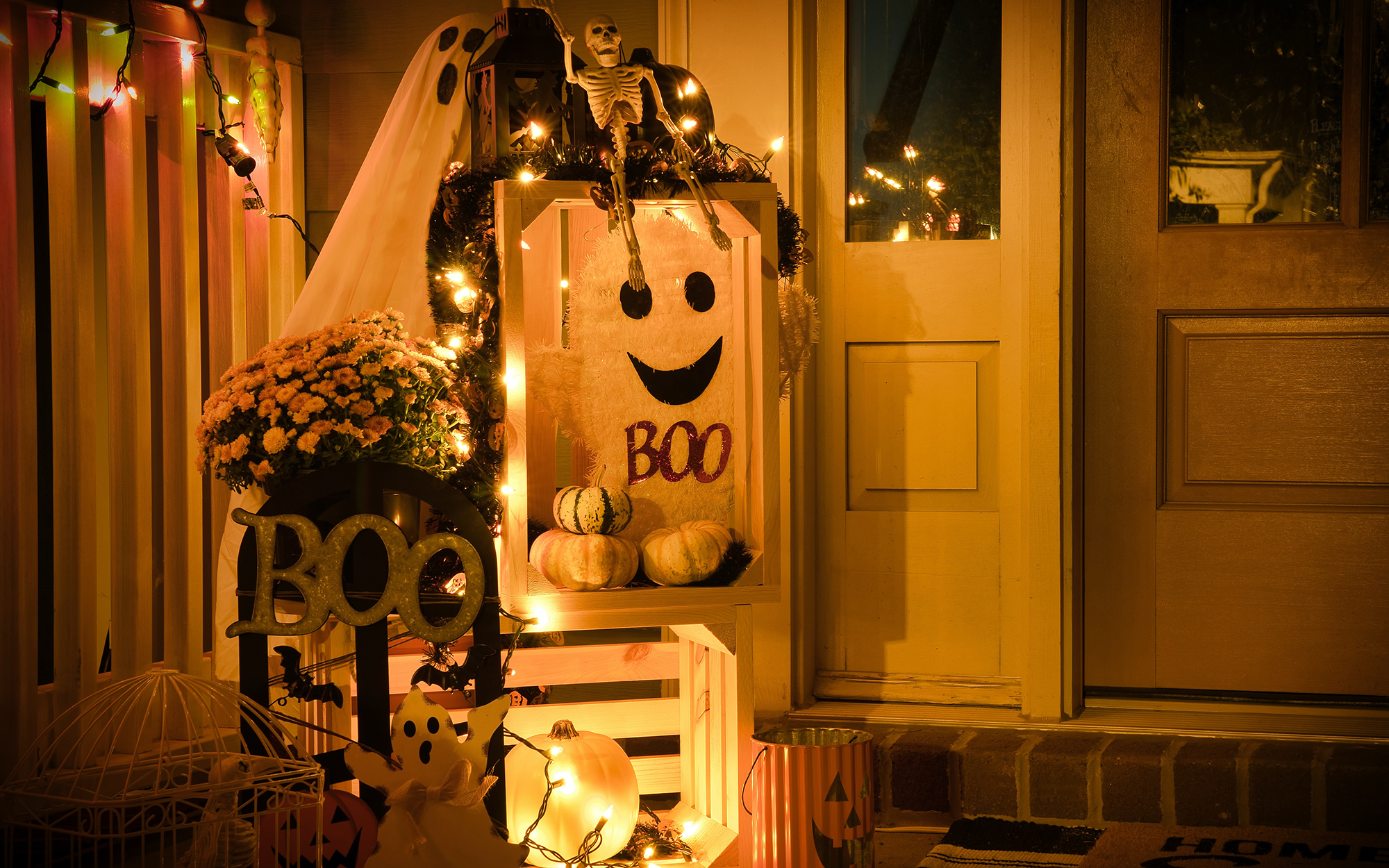
When bats and witches fly over houses decorated with ghosts and ghouls, you know Halloween has arrived.
Halloween is a day of fun for American children – and big business for makers of decorations, costumes and candy – but how did this holiday come to be?
Origins of Halloween
The Celtic festival of Samhain (pronounced sow-in, meaning “summer’s end”) is generally considered the precursor of Halloween. During this autumn harvest festival, people sacrificed crops and animals in sacred bonfires to satisfy Celtic gods. Some wore costumes they hoped would help them blend in with the spirits, keeping them from harm.

For the Celts, who lived around 2,000 years ago in areas of Ireland, the United Kingdom and northern France, November 1 was the first day of a new year. Therefore, October 31 was their New Year’s Eve.
“This day marked the end of summer and the harvest and the beginning of the dark, cold winter, a time of year that was often associated with human death,” notes History.
On this day, the Celts believed the boundary between the world of the living and the dead thinned and it was possible for ghosts to cross over and cause trouble. This is how witches, ghosts and goblins became associated with Halloween.
The Celts were succeeded by the Roman Empire, which had its own fall festival traditions. Feralia was celebrated in late October to remember the dead.
All Saints Day, or All Hallow’s Day, is a Catholic holiday that helped transition the faithful from pagan celebrations to a more Christian observance. It was celebrated November 1, and the day before the saintly celebration became known as All Hallows Eve, or Halloween, says Britannica.
The Puritans and other Early American settlers considered Halloween a heathen holiday and did not celebrate it. However, sentiment around the holiday began to change in the early 1800s.
Washington Irving penned “The Legend of Sleepy Hallow” in 1820, creating one of America’s first Halloween horror stories. Over the next few generations, millions of Irish immigrants brought with them many of the Halloween traditions we still celebrate today.
When is Halloween?
Halloween is always celebrated on October 31, although you may still find towns in some parts of the country that allow trick or treating a day earlier, on October 30, or Beggar’s Night.
While Halloween is celebrated in England, Ireland, France, Germany and other countries, it is most popular in the U.S. and Canada.
Modern Halloween Traditions
Today, Halloween is marked with costumes, candy, trick or treating, carved pumpkins and all sorts of creepy decorations. Where did these customs come from?
Black and Orange
The reason that the colors black and orange represent Halloween dates as far back as the Celtic Samhain festival. Orange represented the harvest, while black represented the dead spirits Celts worried might cross over and cause trouble.
Jack o’ Lanterns
An Irish legend about a man named “Stingy Jack” is credited for the origins of the Jack o’ Lantern. Stingy Jack tricked the Devil into promising that Jack would never go to Hell. When Stingy Jack died, Heaven wouldn’t have him, either. Instead, “Jack of the Lantern'' was doomed to wander the night with just a lamp made from a carved-out turnip to light his way. Americans found native pumpkins much more suitable for carving than turnips.
Lighting Candles
Candles are miniature fires that mimic the bonfires of Samhain.
Bats
Where there are bonfires, there are insects attracted to the light, and where there are insects, you’ll likely find bats looking for a snack.
Image by rawpixel.com
Trick or Treating
It is estimated that 85 to 90% of children in the U.S. go trick or treating or celebrate the holiday in some way.
Trick or treating may stem from a Samhain tradition for households to leave offerings of food outside their doors, essentially bribing wandering spirits to do their mischief somewhere else.
The Library of Congress traces trick or treating to a Middle Age practice called “souling”. Children and poor adults collected food and money from the wealthy in return for prayers for the family’s deceased loved ones on All Soul’s Day (the day after All Saint’s Day).
A Scottish tradition known as “guising” also resembles our modern trick or treating. Scottish children donned costumes and traveled door to door asking for money, apples, nuts, candy and other treats. The children responded with a “trick,” singing, reciting a poem or performing in some way.
Halloween is Big Business
Americans love Halloween so much that they are willing to spend big bucks on costumes, candy and decorations.
According to the National Retail Federation’s 2022 Halloween Spending Survey, “consumers were expected to spend $3.6 billion on costumes, including children’s and pet costumes; $3.1 billion on decorations; $3.1 billion on candy. Total spending on Halloween was expected to reach a record $10.6 billion.”
Nearly half of people start their Halloween shopping in September or earlier, the NRF reports.
Whether you prefer autumnal decorations like pumpkins and cornstalks or spooky figures like witches, black cats and ghosts, Halloween has become a “spirited” time of year for both children and adults.
